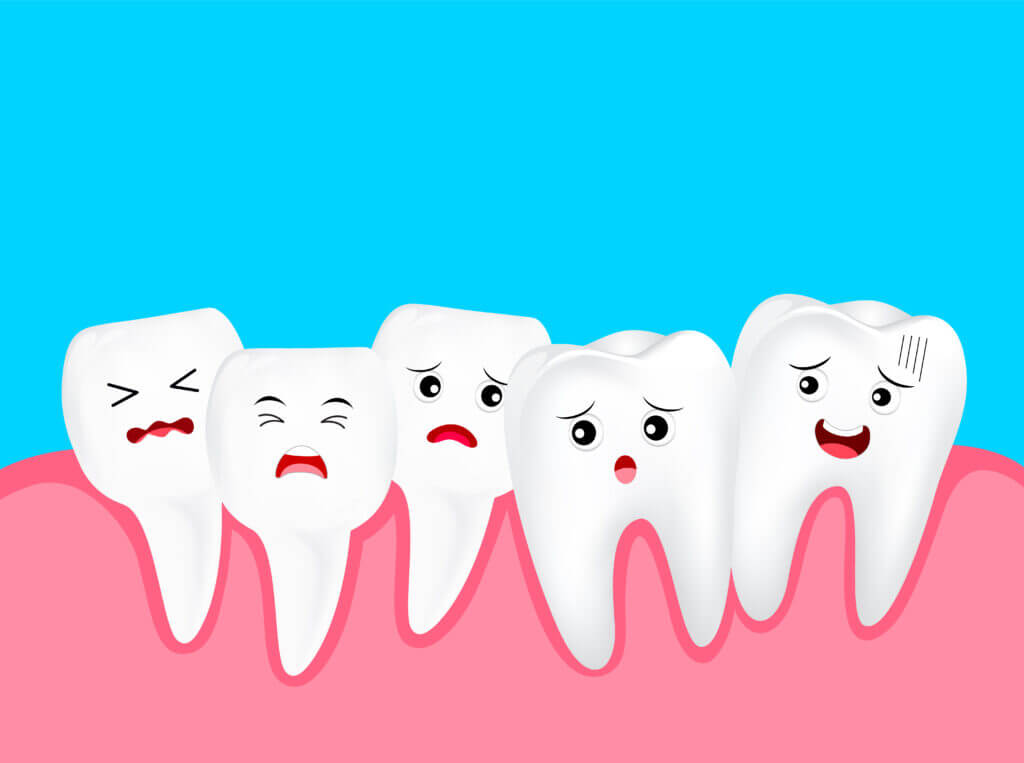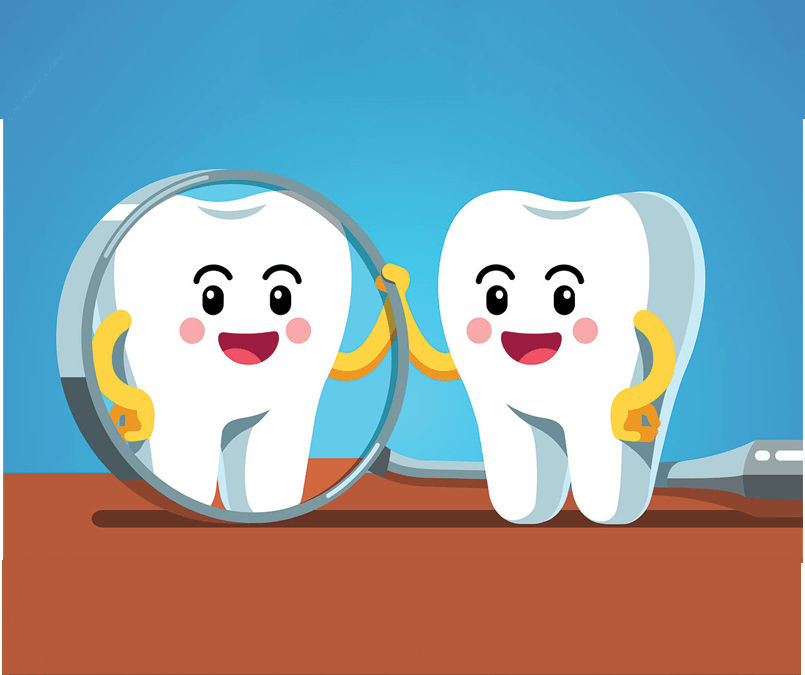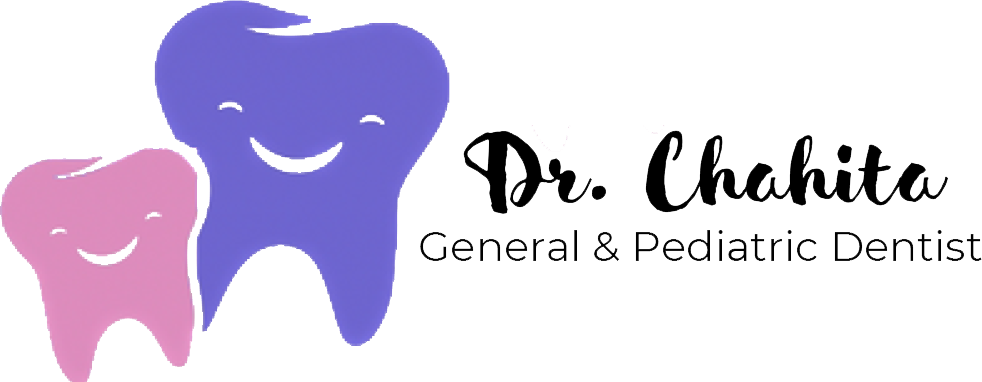
Interceptive Orthodontics
Interceptive Orthodontics is a type of orthodontic treatment that focuses on identifying and treating dental alignment and jaw growth problems in children at an early age. The goal of this treatment is to catch potential issues before they become more serious, which can often save time, money, and discomfort down the line. This includes:

Space Maintenance for Adult Teeth
Harmful Habit Correction in Kids
Braces for Kids / Straightening Teeth Naturally
Shaping Smiles, Shaping Futures.
At Harmony Medical Center, we believe that a healthy, confident smile starts early. That’s why we offer Invisalign First, a revolutionary orthodontic treatment designed specifically for children ages 6 to 10.
Invisalign First leverages cutting-edge technology to ensure optimal results for your child’s smile. Their proprietary SmartTrack material provides greater comfort and predictability in tooth movement, while eruption compensation accommodates the natural growth of permanent teeth. With advanced virtual treatment planning, our Specialist Orthodontists can create a personalized roadmap for your child’s smile transformation, ensuring a smooth and effective treatment journey.
Benefits of Invisalign First for Your Child

Invisalign First uses clear, removable aligners to gradually shift teeth into their ideal positions. This means no uncomfortable metal brackets or wires, just a comfortable and effective treatment experience.

Invisalign First aligners can be removed for eating, brushing, and flossing, making it easy for your child to maintain good oral hygiene.

The aligners are discreet and virtually invisible, so your child can smile confidently throughout treatment.

Invisalign First is specifically designed to accommodate the unique needs of developing smiles, ensuring optimal results and a healthy foundation for future oral health.

Invisalign First FAQs
